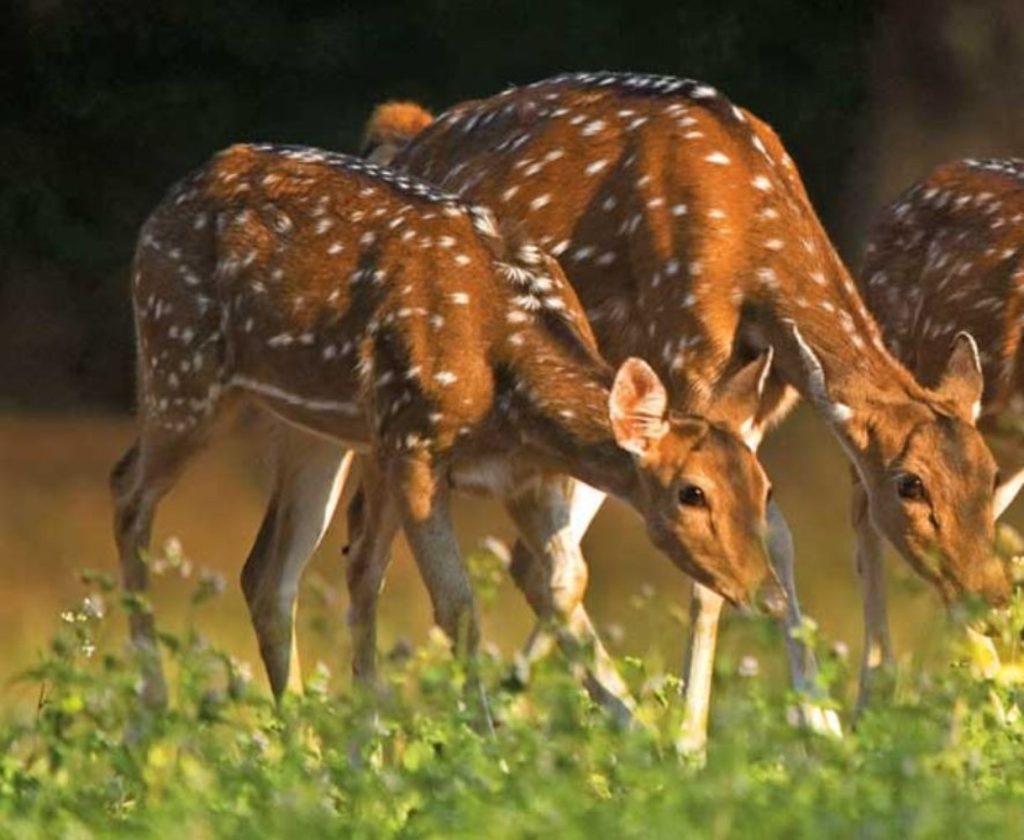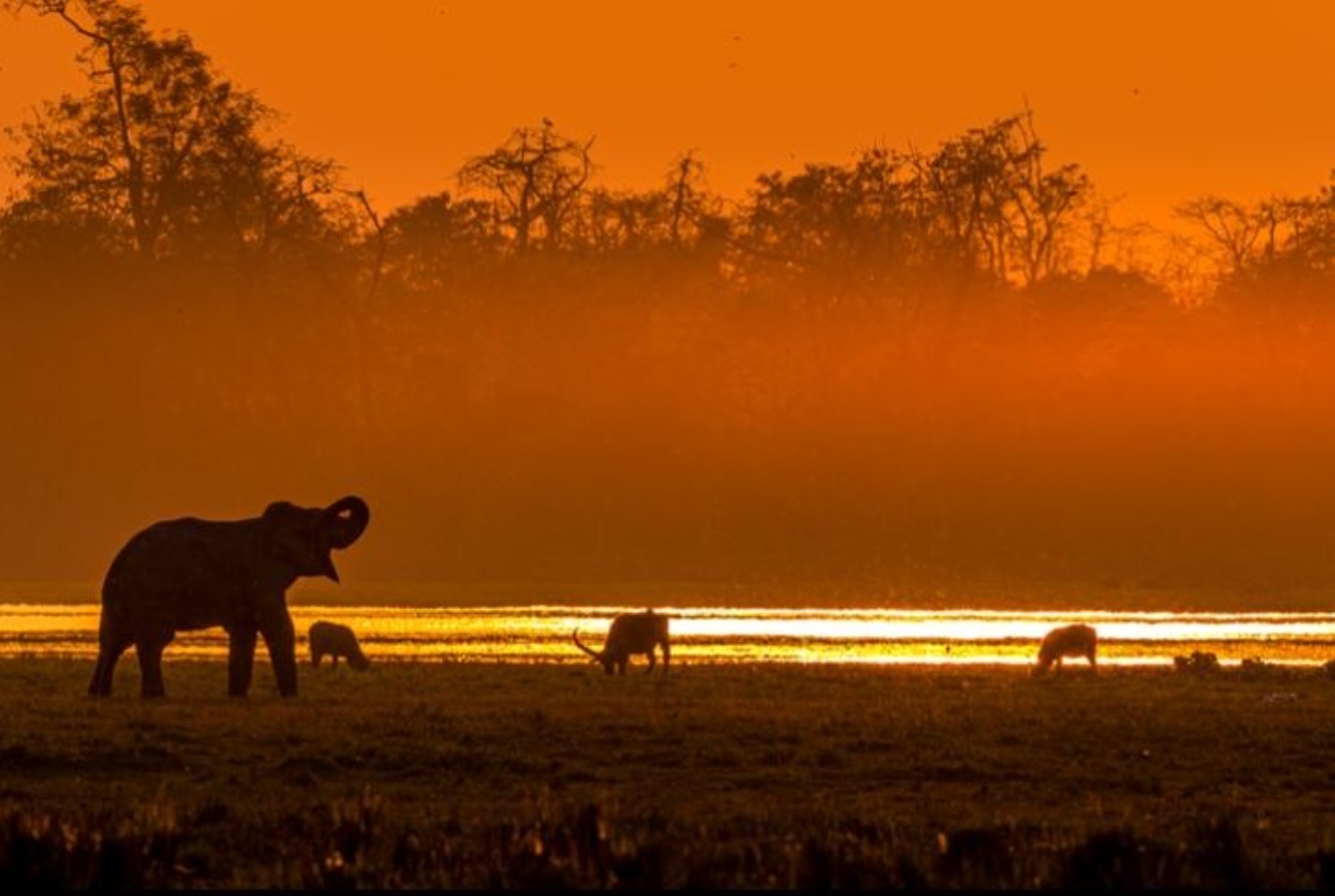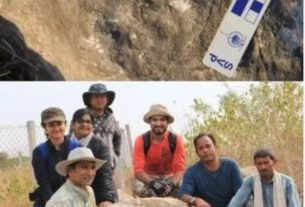Devanjana Mukherjee, Khabri Media
The tourist place closes every year for the Monsoon Break from May 1 to September end, and re-opens from mid-October till April for tourism.

Pic: Social Media
India’s two largest national parks and Tiger reserves are all set to re-open after the Monsoon Break. The parks are annually closed from May to September, and sometimes extend till November as well, completely depending on the climatic conditions. Located in the eastern region of India, Odisha’s Similipal National Park and Tiger Reserve and Assam’s Kaziranga National Park witness almost 40 lakh tourists around the globe.
ALSO READ: Goa’s new beach rules
According to forest officials, Kaziranga will partially open for tourists from Sunday in two of its four ranges. In view of the present road condition due to inclement weather, the authorities will allow jeep safaris for tourists in the central Kohora and the western or Bagori ranges only.

Pic: Social Media
The renowned wildlife sanctuary is known for its remarkable conservation efforts and is particularly famous for its population of the Indian one-horned rhinoceros. The park is home to a diverse range of wildlife species like a populations of tigers, elephants, wild water buffaloes, swamp deer, and a variety of bird species. Covering an area of approximately 430 square kilometers, it simultaneously boasts of a rich rich in flora, with a mix of grasslands, tropical broadleaf forests, and wetlands along with its fauna.
Tourists will be allowed to take jeep safaris to Bimoli Tinali via Donga Tower in the western range and from Mihimukh via Daflang Tower to Vaichamari junction. The UNESCO World Heritage Site will, however, remain closed every Wednesday afternoon for the maintenance work.
Meanwhile, Similipal reopened for visitors on October 14 with certain terms and conditions. On the first day, 13 vehicles with 73 tourists entered the park. These tourists, 50 from Odisha and 23 from other states were welcomed at the gates with flowers.
Widely known for its rich biodiversity, lush forests, and diverse range of flora and fauna, it is home to several endangered and threatened species, including tigers, elephants, leopards, gaur (Indian bison), and various species of deer, and avian diversity. The park is primarily covered in lush, deciduous forests. and features a mix of various types of forests, grasslands, and meadows. It’s known for its unique and varied plant life.
As per the norms stated by the Similipal National Park, 35 vehicles will be allowed through the Kaliani gate in Jashipur, whereas, 25 vehicles can enter the park from Lulung in Baripada every day. Booking facilities to enter the park are from 6:00 AM IST to 9:00 PM IST.

Pic: Social Media
Tourists interested in visiting Deokund can buy tickets from 6:00 AM to 2:00 PM. The deadline to stay in Deokund is 4:00 PM. Similarly, the last visiting hours for Joranda, Barehipani, and Chahala are 3:00 PM and 4:00 PM, respectively. The National Park’s entry point should be vacated by 5:00 PM. Tourists who are planning for an overnight stay can book cottages available at Jamuani, Ramtirtha, and Kumari. The price range will be available at the ticket counter.
Several indigenous tribal communities, such as the Mankidia and Bathudi, inhabit the fringes of the park. They have a deep connection with the forest and its resources like rolling hills, valleys, and numerous rivers and streams, including the Budhabalanga and Khairi Rivers. To involve these communities in conservation and sustainable development initiatives, the Odisha government has requested to provide local delicacies and amenities for the tourists staying overnight.
Assam’s Kaziranga National Park and Tiger Reserve as well as Odhisha’s Similpal National Park and Tiger Reserve are both environment-friendly zones, therefore, plastic bottles or bags, liquor, non-vegetarian food items, and inflammatory substances are strictly prohibited.




